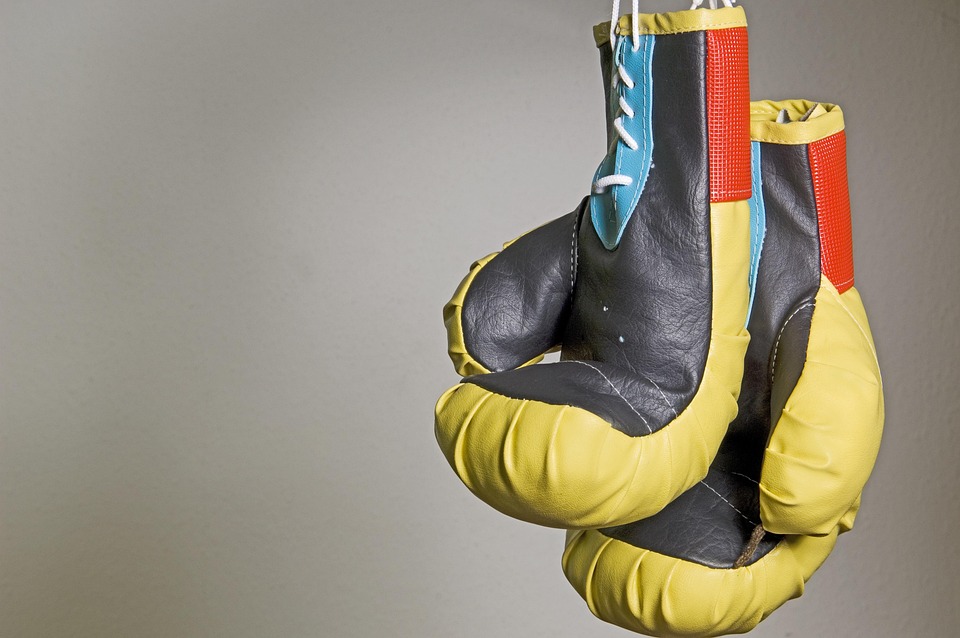Boxing, traditionally viewed as a male-dominated sport, has seen a remarkable transformation over the past few decades as women have fought hard not only in the ring but also for recognition, respect, and equality within the sport. The women’s movement in boxing has been characterized by courageous athletes, passionate advocates, and significant milestones that have collectively reshaped the landscape of the sport.
Historical Context
The journey of women in boxing began in the late 19th and early 20th centuries, although they faced immense societal backlash and legal challenges. The first recorded female boxing match took place in 1722, but it wasn’t until the 1990s that the sport began to gain more widespread acceptance. Pioneers like Christy Martin, who made her mark in the 1990s, helped to momentarily shift perceptions, demonstrating that women could not only compete but also bring excitement to the sport.
Major Milestones
One of the most significant breakthroughs for women’s boxing came in 2012 when the sport was included in the London Olympics for the first time. This marked a turning point that elevated the visibility of female boxers on a global stage. Athletes like Claressa Shields, who won gold in both 2012 and again in 2016, became faces of the movement, inspiring a new generation of female fighters.
In recent years, media exposure has grown significantly. High-profile fights featuring female boxers such as Katie Taylor, Amanda Serrano, and Claressa Shields have attracted large audiences and lucrative sponsorships. The 2022 showdown between Taylor and Serrano at Madison Square Garden, which was dubbed the “biggest fight in women’s boxing history,” set a precedent that showed how much the sport had evolved, drawing over 19,000 fans and generating significant pay-per-view revenue.
Breaking Barriers
Women in boxing have confronted numerous barriers, from pay inequality to limited media coverage. Despite these challenges, the landscape has begun to change dramatically:
-
Increased Pay: While female boxers historically earned far less than their male counterparts, recent years have seen substantial advancements. High-profile fights and endorsements have led to higher purses for women, exemplified by Serrano’s record-breaking deal—a clear indication that female athletes are increasingly being recognized as marketable and deserving of equal pay.
-
Title Opportunities: The establishment of multiple women’s titles in various weight classes has allowed female boxers to pursue championship aspirations more vigorously. Organizations like the World Boxing Association (WBA), World Boxing Council (WBC), and International Boxing Federation (IBF) have recognized the need for women’s titles, giving rise to a competitive environment that was previously absent.
- Advocacy and Representation: The emergence of strong female advocates and organizations has been crucial in pushing for equality. Initiatives such as the Women’s Boxing Foundation and support from icons like Laila Ali and Holly Holm continue to promote awareness and encourage young women to participate in the sport.
The Current Landscape
Today, the women’s boxing movement is thriving, with a diverse array of fighters stepping into the ring and leaving an indelible mark. Female fighters are not only competing against each other but are also challenging perceptions, raising awareness about issues like mental health, body image, and gender equality.
Boxing promotions are increasingly investing in women’s events, showcasing their talent and allowing fans to appreciate the skill involved. Networks are broadcasting female matches and integrating them into mainstream sports culture—a testament to the hard work of those who came before.
Future Prospects
As the women’s movement in boxing continues to grow, its future seems brighter than ever. However, the fight is far from over. There remains a constant need for advocacy, especially in combating embedded stereotypes and ensuring that the sport remains accessible and equitable for future generations of female boxers.
Young athletes today are paving the way with dreams of championship belts and Olympic gold medals. With figures like Claressa Shields mentoring up-and-coming talent and initiatives promoting female participation in boxing at grassroots levels, the next chapter of women’s boxing promises to be even more groundbreaking.
Conclusion
The women’s movement in boxing has indeed broken barriers and set records, but it also stands as an emblem of the ongoing struggle for equality in sports. With each punch thrown and every round fought, female boxers are not just fighting for their victory but also for the recognition and respect they rightfully deserve. The future of women’s boxing is not just bright; it is illuminating a way forward for athletes around the world. As the movement continues to evolve, one can only expect that the ring will be a stage for even greater achievements in the years to come.



